Feeding cucumbers with yeast in the open field
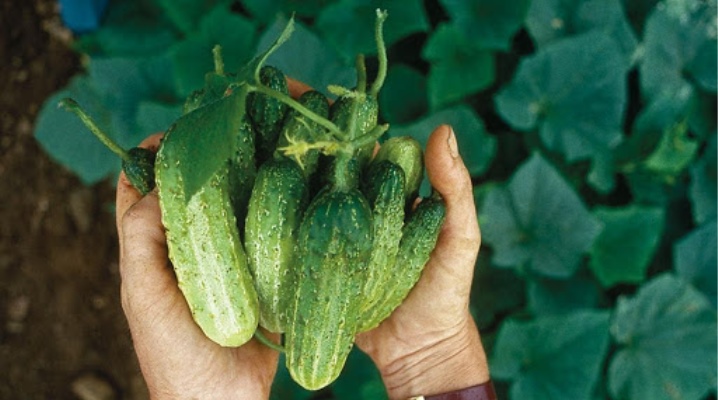
All gardeners and gardeners know how important it is to properly care for plants. Moreover, care measures concern not only watering, weeding and proper planting (or transplanting), but also the introduction of appropriate fertilizers into the soil. Only if all the rules are observed can you get a large and timely harvest that will correspond to the efforts expended. Among all cultivated plants today, cucumbers are one of the most popular. A variety of means can be used to fertilize them. Moreover, you can use both special mixtures and additives that are sold in gardening stores, and folk remedies. Yeast is one of these popular remedies. Today, in our new material, we will talk in more detail about the rules and principles of fertilizing cucumbers with yeast in the open field, we will analyze the advantages and disadvantages of this type of feeding, and also get acquainted with the most popular recipes.
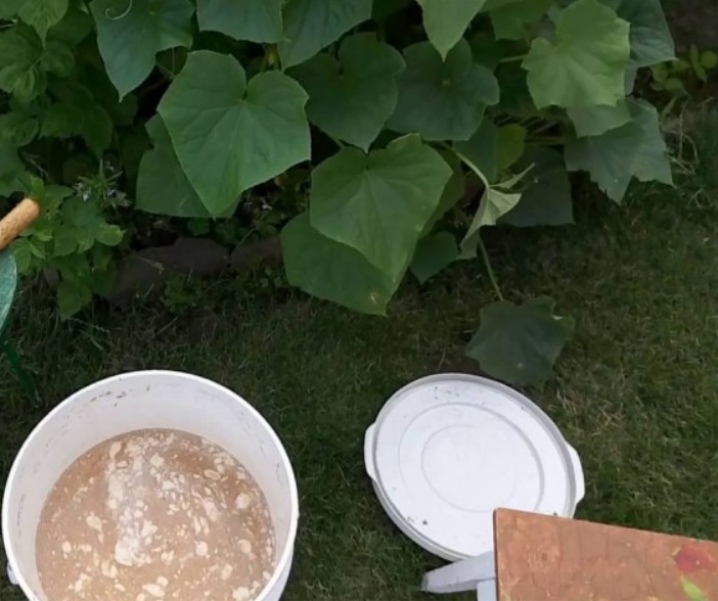
Advantages and disadvantages
Caring for plants in the form of feeding cucumbers in the open field with yeast (like all other types of care measures) has a number of unique characteristics and features. Moreover, they are not only positive, but also negative. First of all, it should be said that yeast is a chemical that has a positive effect on cucumbers. This is possible due to the unique composition of yeast, namely, the presence of unicellular fungi of the Saccharomycete class, amino acids, vitamins, proteins, minerals and trace elements.
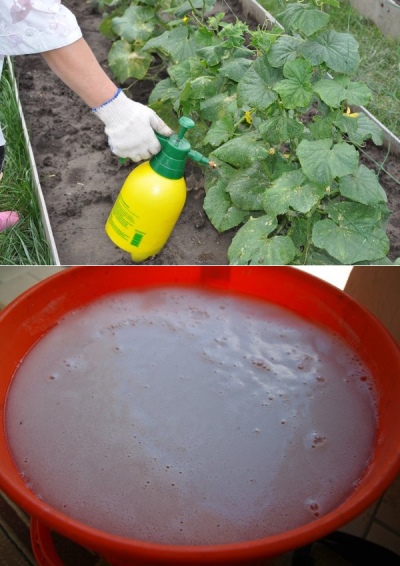
Using yeast as a plant nutrition, the gardener improves not only the condition of the cucumbers themselves, but also positively affects the soil, enriching it with numerous useful substances. In this regard, we mean the fact that after watering the earth with a solution of yeast, the number of beneficial microorganisms and elements in the soil increases significantly.
Remarkable is the fact that yeast has a positive effect not only on young plants, but also on mature cucumbers.
Experts say that in this way it is possible to fertilize and feed even seedlings. Young plants fertilized with yeast begin to grow faster, their root system is actively developing, the quality indicators of leaves increase (they become brighter and more saturated, and their number also increases significantly).
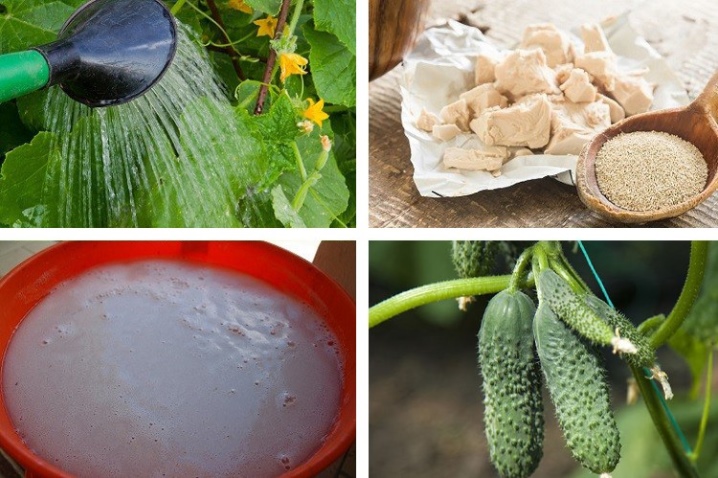
Among other things, the positive effects of yeast fertilizers on cucumbers include the fact that the immunity of seedlings increases several times, they can more actively resist and withstand negative environmental influences (for example, this concerns unfavorable climatic conditions and temperature indicators). Yeast fertilizers contribute to the active development of cucumber lashes, stimulate the adaptation of seedlings to new conditions (for example, after the picking procedure). The introduction of yeast is especially important and relevant if the cucumbers grow in a greenhouse and are in poor lighting conditions.
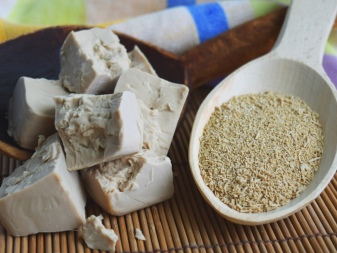
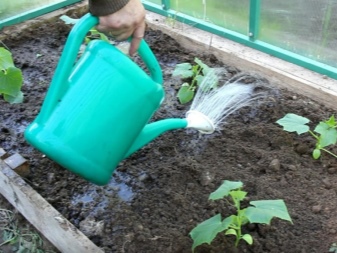
Such a positive effect of yeast on cucumbers and the soil in which they grow is possible if you dilute the substance in water and thereby create a solution.The thing is that, interacting with water, yeast secretes a large amount of substances (including meso-inositol, biotin, vitamin B1). It is these useful components that provide the positive effect of fertilizers, including the activation of phytohormones, and the acceleration of regeneration processes, and many others. dr.
Due to the fact that yeasts are fungi by their nature, their entry into the soil creates favorable conditions for the development and life of organisms, which, in turn, ensure high-quality, efficient and fast processing of organic compounds. At the same time, the soil consumes a large amount of nitrogen and phosphorus.
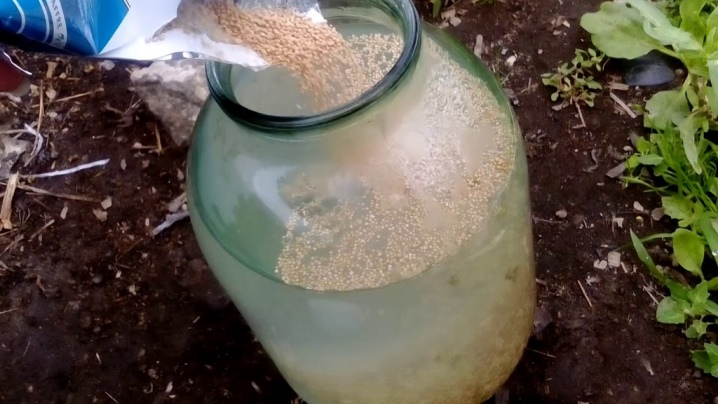
As for the disadvantages of using yeast fertilizers, they do not exist. At the same time, it is worth remembering that the use of dressings is not always a process that is beneficial. In some cases, such actions may be useless.
So, adding yeast to the soil will be a useless exercise if the ambient air temperature is less than 15 degrees Celsius. In addition, the soil in which you introduce the yeast must be rich in organic matter that the yeast can process. Also, in the process of care measures, it should be remembered that the yeast solution retains its effectiveness only on the first day of its preparation. After that, all the useful properties of feeding are lost.
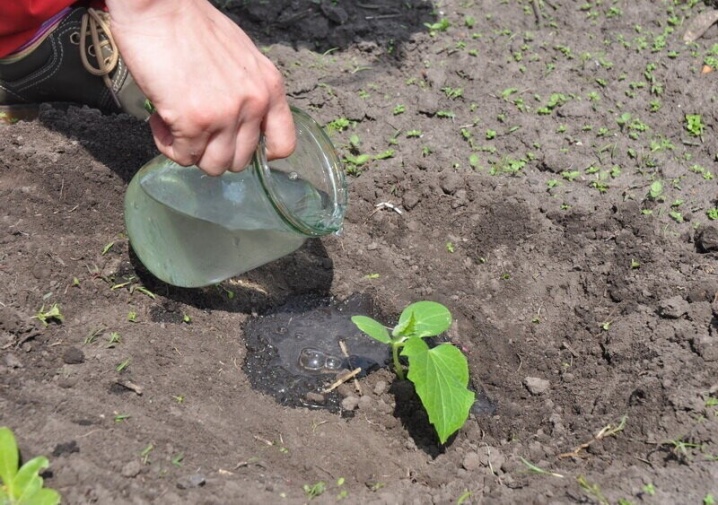
In addition, yeast fertilizers cannot be used on a regular basis. You can fertilize the soil with them only occasionally. Otherwise, the soil will lack such essential components as calcium and potassium.
Also, you should not add only yeast to the ground, remember that for the most part they perform the function of a growth stimulant, and not a regular fertilizer.
Terms of introduction
In order for fertilization to bring the desired result, the procedure must be carried out within strictly defined terms, as well as in the presence of certain circumstances. The most common cases of top dressing in the soil are:
- weakness of seedlings;
- small thickness of plant stems;
- low percentage of established seedlings after the picking procedure;
- lack of rooting processes;
- lack of foliage formation processes;
- low development of the whip;
- cucumbers grow in a greenhouse and do not tolerate a lack of light;
- the plant grows in adverse weather conditions;
- the soil has a low level of fertility.

The direct feeding procedure is usually carried out in the spring, when the cucumbers are at the seedling stage. If we talk about young seedlings, then they are fed several times. The first time - at the moment when 2 real leaves appeared, the second time - in the case of transplanting seedlings into separate pots with new soil, the third time - before the plant is planted in the garden.
Recipe overview
There are a huge number of recipes for making yeast fertilizers designed to feed cucumbers in the open field. Let's consider the most popular ones.
With water and sugar
Most often, water and sugar are mixed with raw yeast to create fertilizers. So, for 10 liters of warm water, you need to prepare 10 grams of yeast and 50 grams of sugar. Such a mixture cannot be used immediately; it must first be infused in a warm room in a closed container for several hours. After the specified time, the solution must be mixed with water in proportions of 1 part of the solution to 5 parts of water.
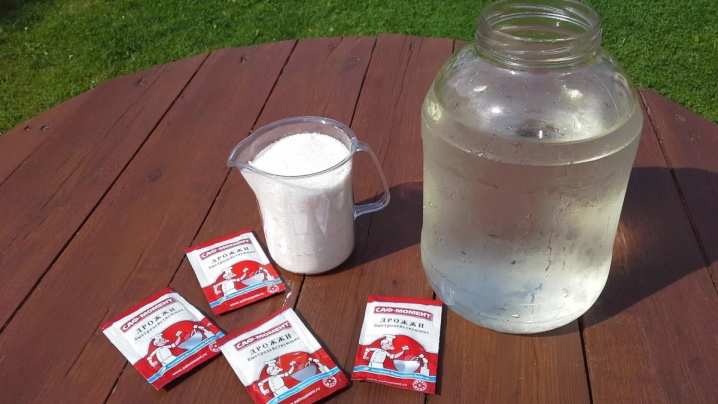
There is another option for preparing such a sugar-yeast water mixture. In this case, take 10 grams of yeast, 3 liters of water and a small amount of sugar. Before using such a solution, it is important that it be infused for a week. Then it also needs to be diluted with water: 250 milliliters of fertilizer is diluted in 10 liters of water.
Among other things, the positive features of using such a fertilizer include the fact that it helps to avoid the formation of unwanted barren flowers.
With dairy products
Often yeast is mixed not only with water, but also with milk. Such mixtures are used to protect cucumbers from a variety of diseases and pests. At the same time, it is very important to carefully and responsibly approach the choice of a dairy product - milk must necessarily be fresh and unboiled. When creating top dressing, the components must be taken in certain proportions: 1 liter of milk and 100 grams of live yeast. The resulting mixture is infused and fermented for 2 hours. After that, a small amount of top dressing is added to the water and used.
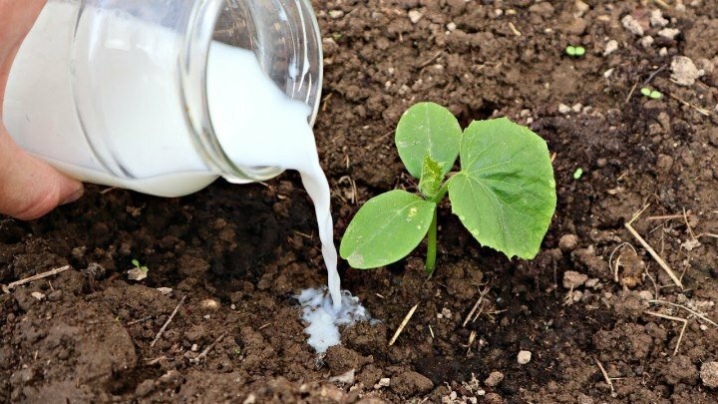
It is important to remember that the fertilizer should be poured exclusively at the root or used for spraying the leaves.
Infusion of dry yeast
Another option for feeding is an infusion of dry yeast. To make it, you need to take a bucket of warm water, the temperature of which should not exceed 38 degrees Celsius, as well as 100 grams of dry yeast. Such an infusion must be kept for 24 hours - this way you will receive the liquid necessary to nourish the plant and soil. It is recommended to pour it at the root of the plant, and for 1 bush you need to spend half a liter of infusion. If desired, other fertilizers are often used in conjunction with the infusion to enhance the effect. For example, you can use this method: 12 grams of dry yeast is mixed with 2 grams of ascorbic acid and this dry mixture is dissolved in 5 liters of water. This fertilizer is infused for a week, and then diluted in water in a proportion of 250 milliliters per 10 liters.

With ash
Often, gardeners use a mixture of yeast and ash to fertilize cucumbers in the open field. Such a mixture has a great positive effect, since wood ash contains a large number of useful components: calcium, potassium, phosphorus, boron, iron and many others. dr. The mixture of yeast and ash provides favorable conditions for the reproduction of specialized nodule bacteria that fix nitrogen. To make fertilizer, you need to take 100 grams of sugar, the same amount of ash from wood and yeast. Pour dry ingredients with 3 liters of water. Then the top dressing is diluted in a ratio of 1 to 40.

With herbal infusion
To make a herbal fertilizer, you need to take a bucket of finely chopped freshly cut grass, a loaf of rye bread (which must first be cut into small pieces) and a pound of live yeast. All this needs to be filled with 50 liters of water. Fertilizer is left in a warm place for 72 hours. An infusion of herbs and yeast as fertilizer can be used throughout the season.

How to feed properly?
Both watering and feeding cucumbers must be carried out taking into account certain rules and principles. For example, plants should be fertilized and watered at a specific time. There are other prerequisites:
- yeast fertilizers are allowed to be applied only after you have carried out abundant watering of the cultivated plant;
- for 3 summer months, it is allowed to carry out no more than 3 feeding procedures;
- only a freshly prepared mixture can be used for fertilization;
- it is impossible to carry out the feeding procedure immediately after the pick;
- only warm water can be used to prepare fertilizers;
- you need to pour top dressing at the root;
- you cannot fertilize cucumbers with both yeast and organic mixtures at the same time.
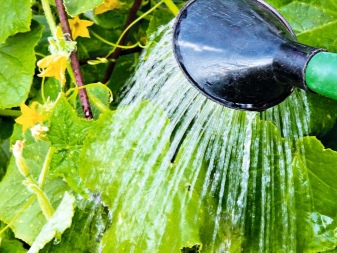
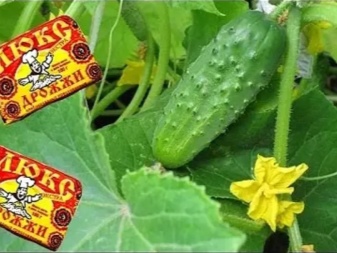
Open field cucumbers are fertilized as the plant goes through the growing season. In no case should feeding be carried out in hot weather. At the same time, fertilization can only be done when the soil has already warmed up sufficiently.
For yeast feeding of cucumbers in the open field, see the video.













The comment was sent successfully.